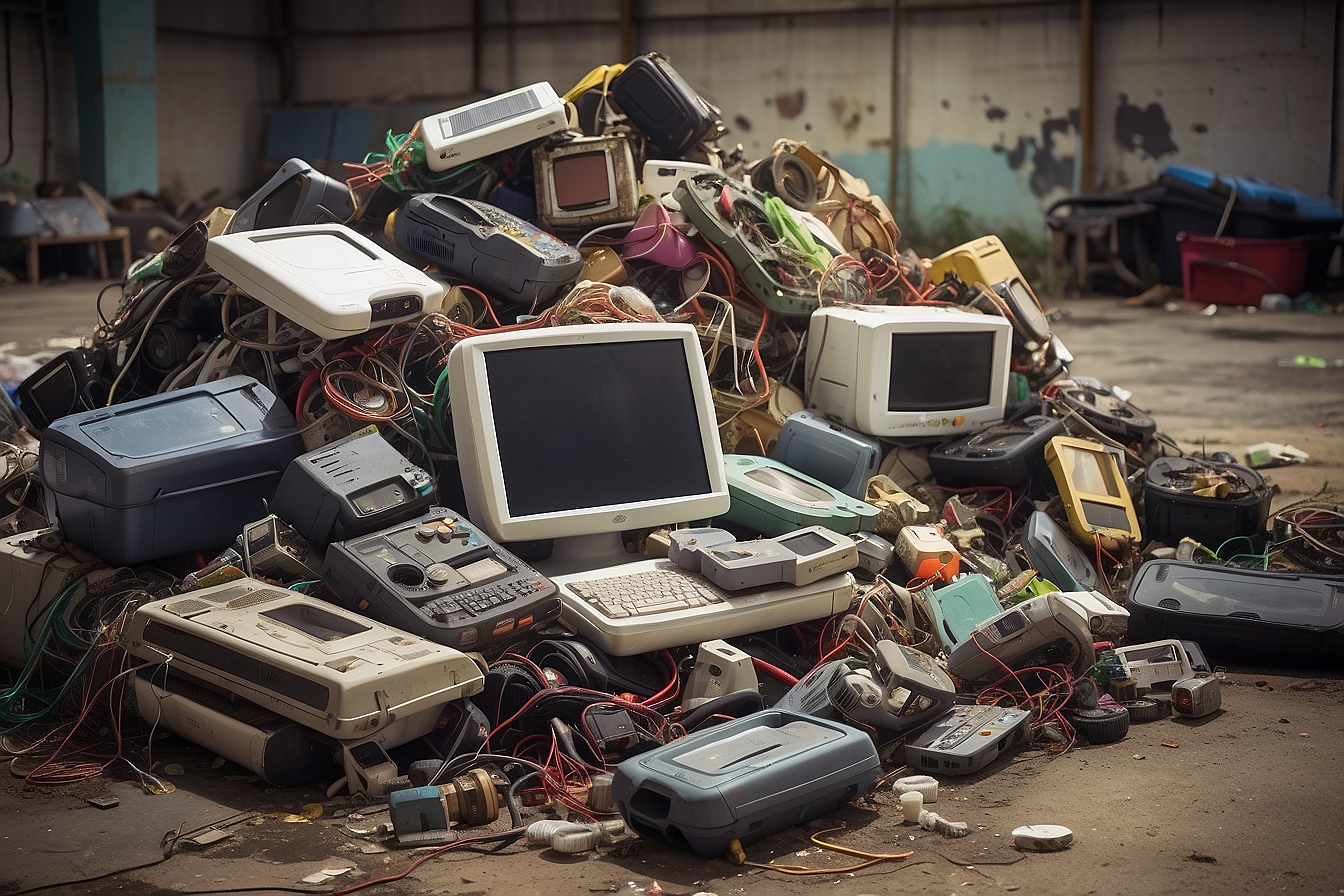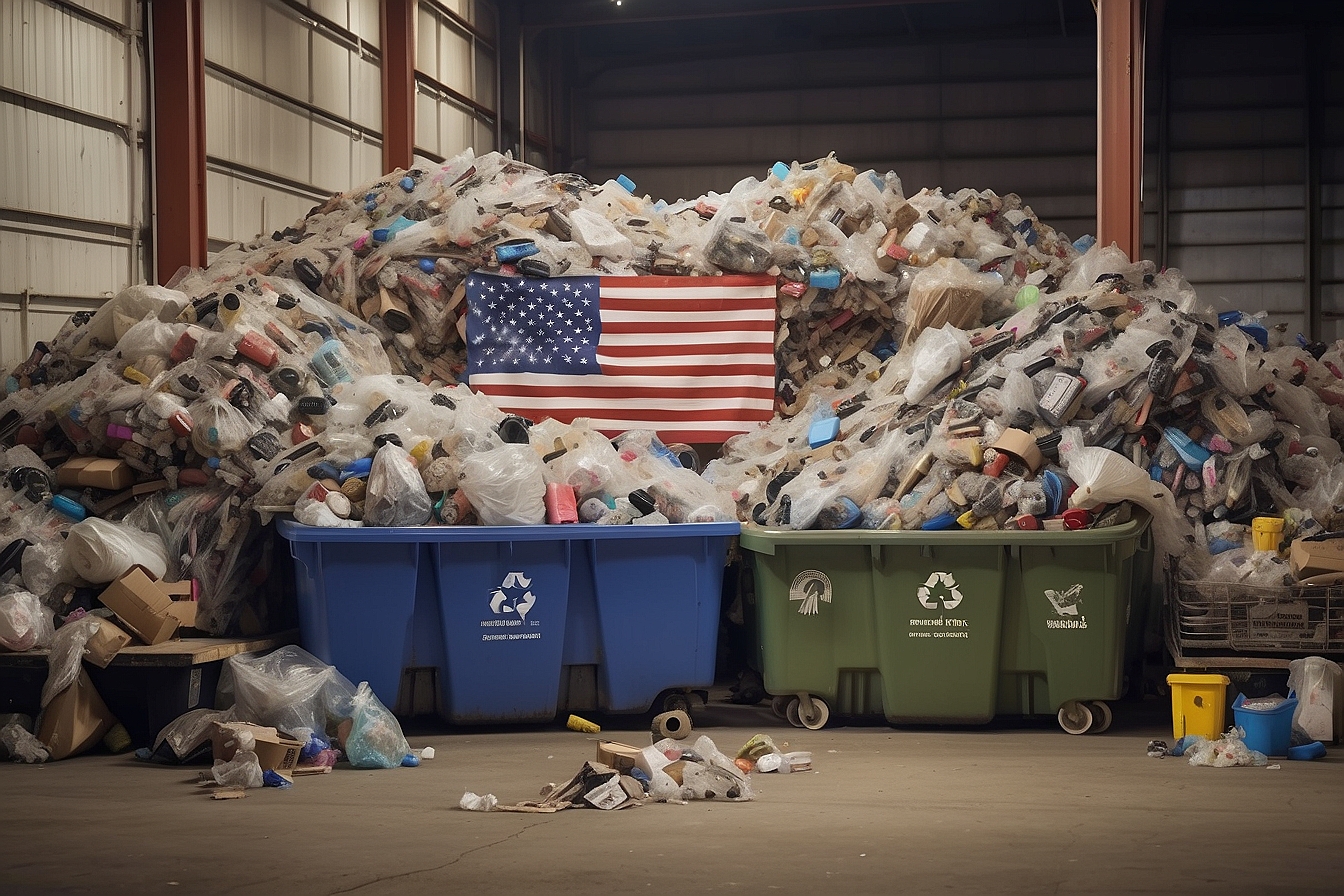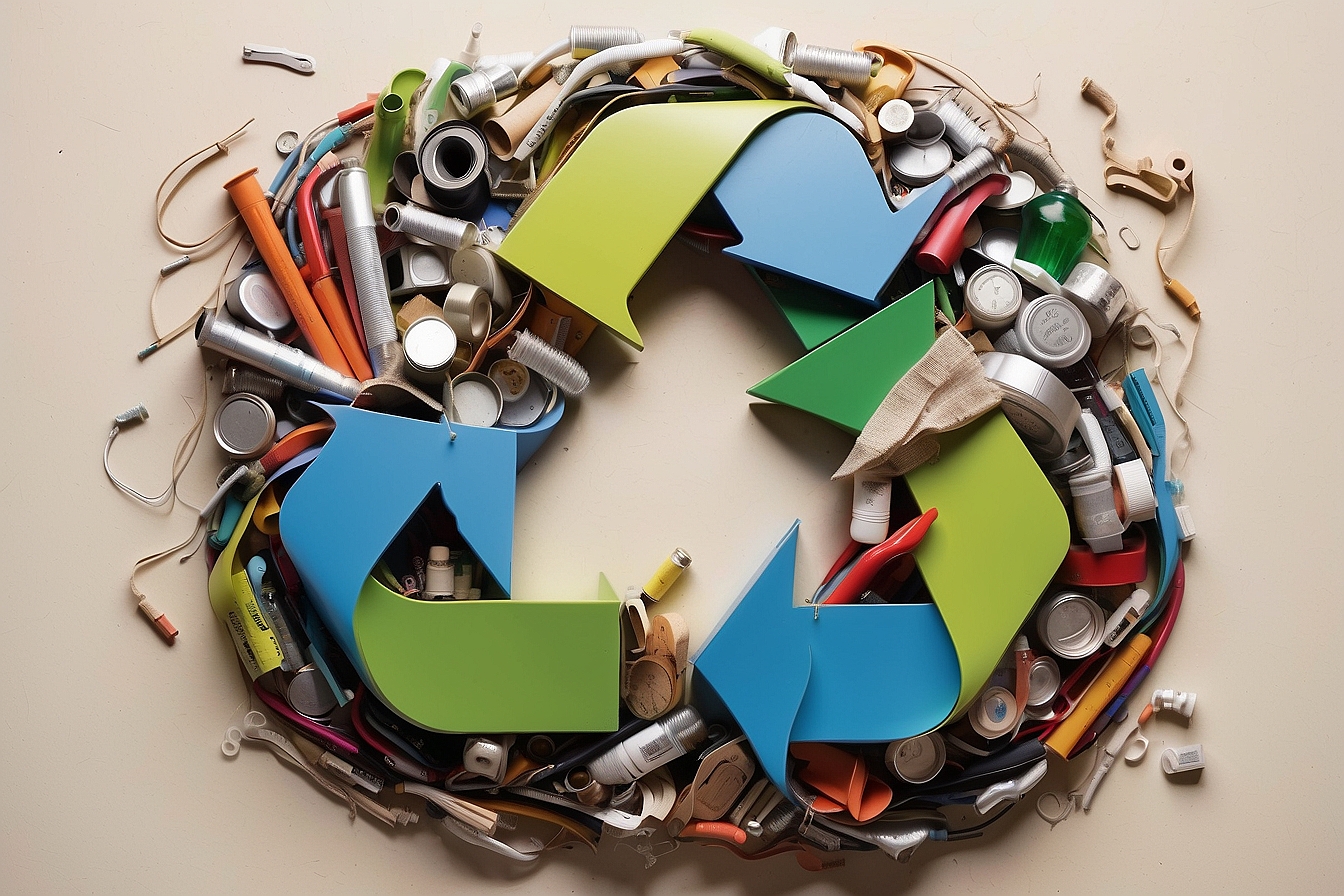Every day, we find ourselves facing the perennial challenge that is waste management, especially when it comes to disposing of food packaging. Indeed, this issue touches us all deeply; much like yourself, the thought of the staggering 2.5 billion tonnes of global waste produced each year – with a hefty slice coming from thrown-away food containers and wrappings – leaves us feeling rather concerned.
In our article, we’ll not only delve into how our decisions surrounding food packaging can dramatically influence waste levels but also shine a light on clever and sustainable practices that could significantly alter the course of this conundrum for the better.
Join us as we sift through our research findings and explore paths leading to a greener future!
Key Takeaways
- Every year, the food industry produces vast amounts of waste largely due to single – use packaging like plastics which take centuries to degrade and are harmful to both wildlife and human health.
- Sustainable alternatives such as biodegradable or compostable packaging materials can significantly reduce environmental impact by decomposing naturally, aligning with circular economy principles.
- Traditional packaging materials vary in their recyclability; for instance, aluminum is infinitely recyclable with little quality loss, while plastics have a wide range of recyclability options based on type.
- Innovative sustainable food packaging solutions include plant-based biodegradable plastics, compostable materials that break down in commercial facilities, reusable containers, recyclable cardboard and paper products, and even edible packaging.
- Proper waste management in the food industry is key to reducing its environmental footprint. Promoting eco-friendly practices helps ensure responsible disposal and recycling of food packaging materials.
Environmental Impact of Food Packaging
Packaging waste in the food industry is a significant contributor to environmental pollution. Conventional packaging materials like plastics, glass, aluminum, and paper contribute to resource depletion and greenhouse gas emissions.
It’s important to explore biodegradable and sustainable alternatives to reduce the impact of food packaging on the environment.
Packaging waste in the food industry
Every year, we witness an alarming amount of waste coming from food packaging. Most of this is plastic, which persists in our environment for centuries and contributes to significant pollution problems.
In the food industry, single-use packages are the norm; they’re convenient for consumers but end disastrously for our planet. These materials often contain harmful chemicals that can leach into the ground and waterways, affecting wildlife and human health.
We’re seeing a rise in greenhouse gas emissions due to producing these non-renewable packaging materials such as plastics, glass, and aluminum. The process not only depletes our precious resources but also increases our environmental footprint dramatically.
It’s imperative that we switch gears towards sustainable packaging options that don’t sacrifice the earth’s well-being for short-term convenience. Our focus must be on reducing food waste through better design and encouraging a shift in consumer behavior towards eco-friendly choices.
Biodegradable food packaging
Biodegradable food packaging offers a sustainable alternative to traditional plastic packaging materials. Companies are increasingly adopting biodegradable options as a means to reduce plastic pollution and minimise their environmental impact.
With the rise in eco-friendly initiatives, biodegradable food packaging has become an essential component of sustainable waste management within the food industry.
Manufactured from organic materials such as plant-based plastics, paper, or compostable polymers, biodegradable food packaging decomposes naturally over time, significantly reducing the amount of waste ending up in landfills.
Comparison of conventional packaging materials (plastics, glass, aluminum, paper and paperboard)
Moving beyond biodegradable options, we must also consider the impact of more traditional packaging materials. By comparing plastics, glass, aluminum, paper, and paperboard, we gain a clearer understanding of where we can improve in our efforts to reduce waste. Here’s how these materials stack up in terms of environmental friendliness:
| Material | Pros | Cons | Recyclability |
|---|---|---|---|
| Plastics | Lightweight, cheap to produce, versatile | Often single-use, can take centuries to degrade, harmful to wildlife | Varies widely; some can be recycled, others cannot |
| Glass | Reusable, non-toxic, preserves quality | Heavy, energy-intensive to produce, can shatter | Highly recyclable, but the process can be energy-intensive |
| Aluminum | Lightweight, strong, excellent barrier properties | Resource-intensive mining, can be costly to produce | Infinitely recyclable with little loss in quality |
| Paper and Paperboard | Biodegradable, renewable, recyclable | Often coated in plastic, which complicates recycling, can be less durable | Widely recyclable, but the quality can diminish each time it’s recycled |
Each material presents unique challenges and opportunities. We see that while no option is perfect, aluminum stands out for its infinite recyclability. While we continue to find better solutions, we should strive to make informed choices about the packaging we use and support initiatives that drive innovation in this crucial area.
Innovative Sustainable Food Packaging Alternatives
When it comes to sustainable food packaging, it’s important to consider the environmental impact of the materials used. There are various options for sustainable food packaging that can help reduce waste and promote eco-friendly practices in the food service industry.
Importance of sustainable packaging
Sustainable packaging is crucial for minimising food packaging waste and reducing the environmental impact of the food service industry. By opting for eco-friendly alternatives such as biodegradable materials, we can significantly reduce our contribution to packaging waste statistics.
It’s important to consider sustainable food packaging options, such as using recyclable or compostable materials, to support proper waste management in the industry.
Options for sustainable food packaging
Reducing packaging waste is crucial in the food industry. Sustainable packaging materials offer eco-friendly alternatives, such as:
- Biodegradable plastics made from plant-based materials, which decompose more easily than traditional plastics.
- Compostable packaging, designed to break down in industrial composting facilities, reducing environmental impact.
- Reusable containers and packaging, reducing the need for single-use materials and lowering overall waste production.
- Recyclable cardboard and paper-based packaging options to minimise the use of non-renewable resources.
- Edible food packaging made from natural ingredients, providing an innovative solution to reduce waste.
Significance of proper waste management in food packaging
Proper waste management in food packaging is crucial for reducing environmental impact. By choosing eco-friendly packaging materials and adopting sustainable practices, we can significantly reduce food packaging waste.
Implementing efficient waste management strategies within the food service industry plays a vital role in minimising the overall environmental footprint of the sector. It’s important to support innovative solutions that encourage responsible disposal and recycling of food packaging materials, contributing to a greener and more sustainable future.
Addressing the significance of proper waste management in food packaging is essential for reducing our reliance on conventional materials and promoting environmentally conscious alternatives.
Conclusion
In conclusion, food packaging has a significant impact on waste generation. Eco-friendly and sustainable packaging alternatives play a crucial role in reducing environmental harm caused by excessive packaging waste.
Proper waste management is essential for the food service industry to minimise its ecological footprint. Embracing innovative sustainable packaging solutions is key to alleviating the detrimental effects of conventional packaging on our environment.
Addressing this issue collectively can lead to substantial positive changes in waste reduction within the food industry.
FAQs
1. How does food packaging affect waste?
Food packaging often ends up as waste, increasing the total amount of rubbish that comes from homes and the food service industry.
2. Can eco-friendly packaging help reduce waste?
Yes, using eco-friendly packaging can decrease the impact on the environment by reducing waste that goes into landfill.
3. Is it possible to recycle most food packaging?
While many types of food packaging can be recycled, some cannot due to their materials; always check your local recycling guidelines.
4. Why should businesses in the food service industry care about their packaging?
Businesses in the food service industry should use eco-friendly packaging to lessen their environmental footprint and minimise waste production.





